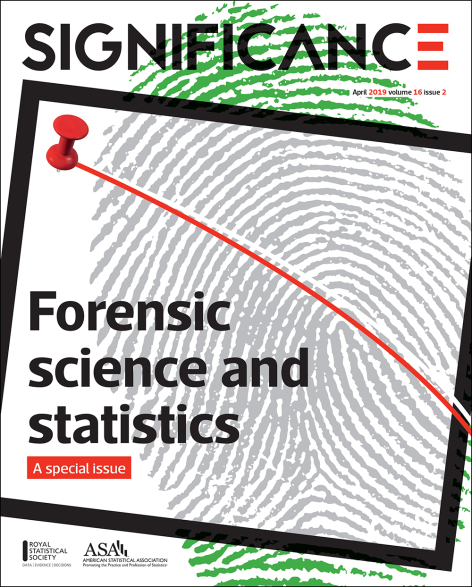CSAFE researchers and partners at the Innocence Project commemorate the 10th anniversary of the landmark 2009 NAS report in the April 2019 edition of Significance Magazine. In this special issue dedicated to forensic science and statistics, learn what progress has been made in the past decade, the challenges that remain and how CSAFE is uniquely positioned to respond with solutions.
Read Significance’s introduction to the special issue, and find out more in the Iowa State University news article. Dig deeper into CSAFE’s contributions below.
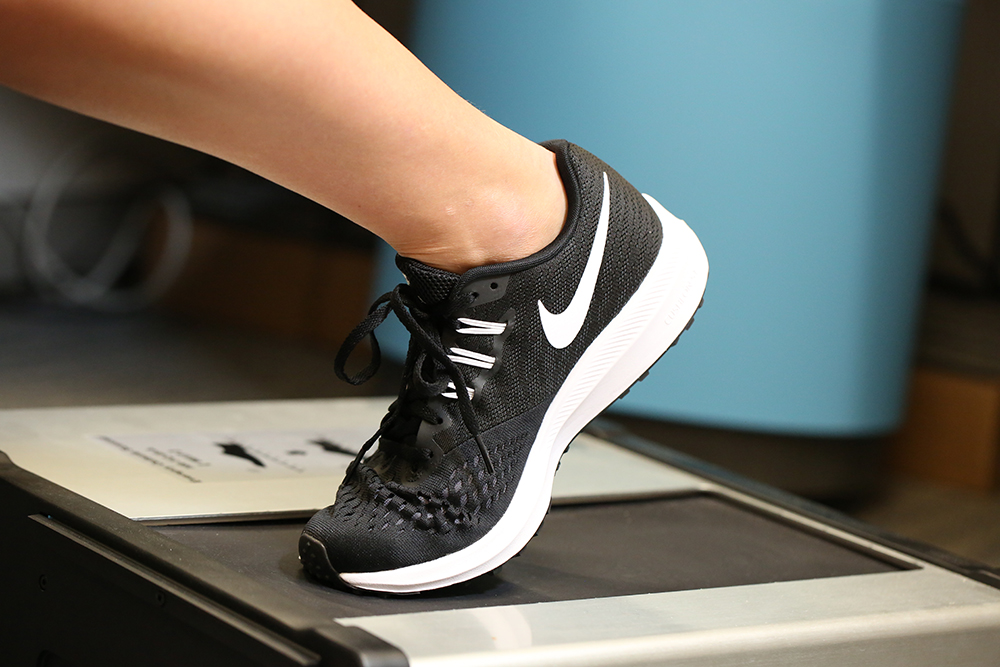
"The need for objective measures in forensic evidence"
Reliance on expert judgement can be problematic due to its subjective nature. CSAFE Co-Director Karen Kafadar from University of Virginia describes an early illustration of the importance of objective measures and standards, followed by two further reasons and shows the positive effects for the field of forensic science.
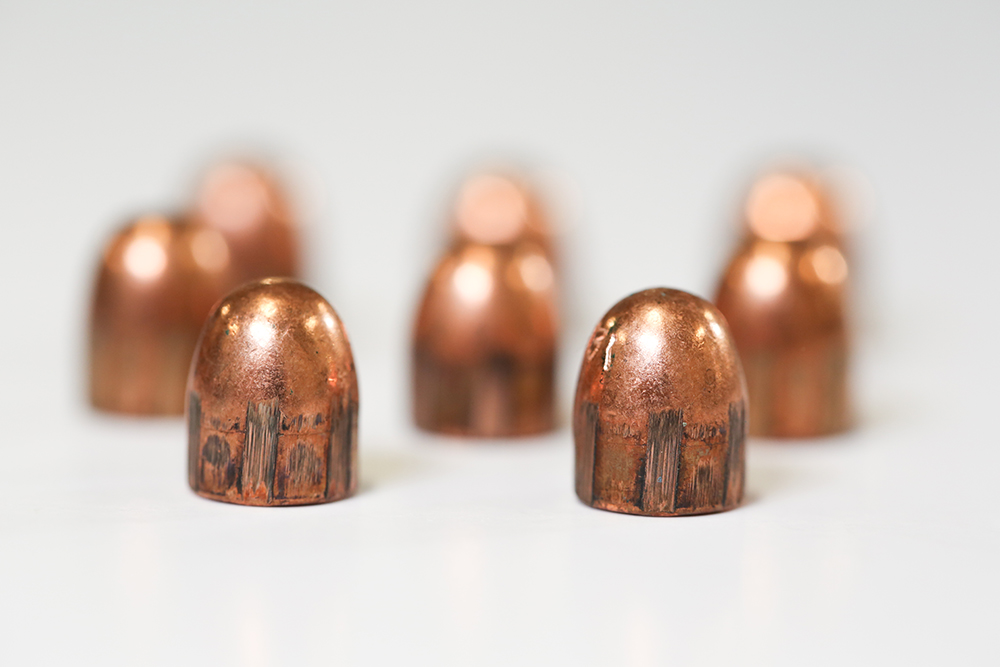
"Reliability and validity of forensic science evidence"
Courts do not require expert testimony to be foolproof, but do expect conclusions to be based on sound reasoning that usually produces accurate results. The law is concerned with both the reliability and validity of forensic science methods. CSAFE Co-Director Dr. Hal Stern and CSAFE researcher Dr. Maria Cuellar describe how scientists define and assess the reliability and validity of commonly encountered types of forensic science evidence.
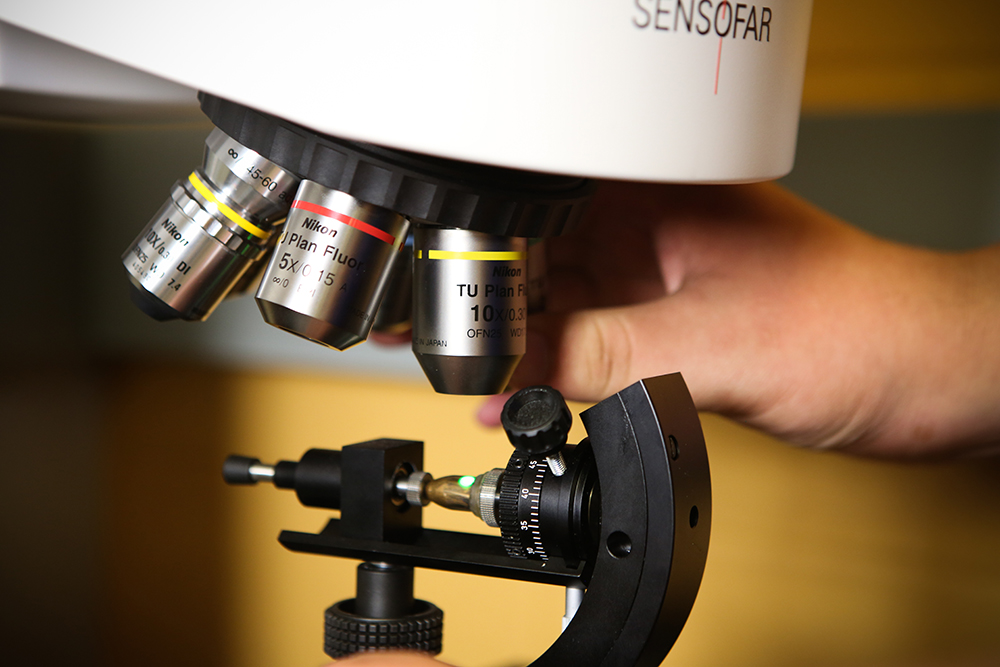
"What does a match mean? A framework for understanding forensic comparisons"
One of the issues that can lead to errors in forensic analysis is the way in which examiners deal with uncertainty. When characterizations of error come from an expert witness, they can sound very convincing to a judge or jury. CSAFE Co-Director Dr. William F. Eddy and CSAFE researchers Dr. Robin Mejia and Dr. Maria Cuellar examine how to build proper foundations to discuss uncertainty in forensic conclusions.
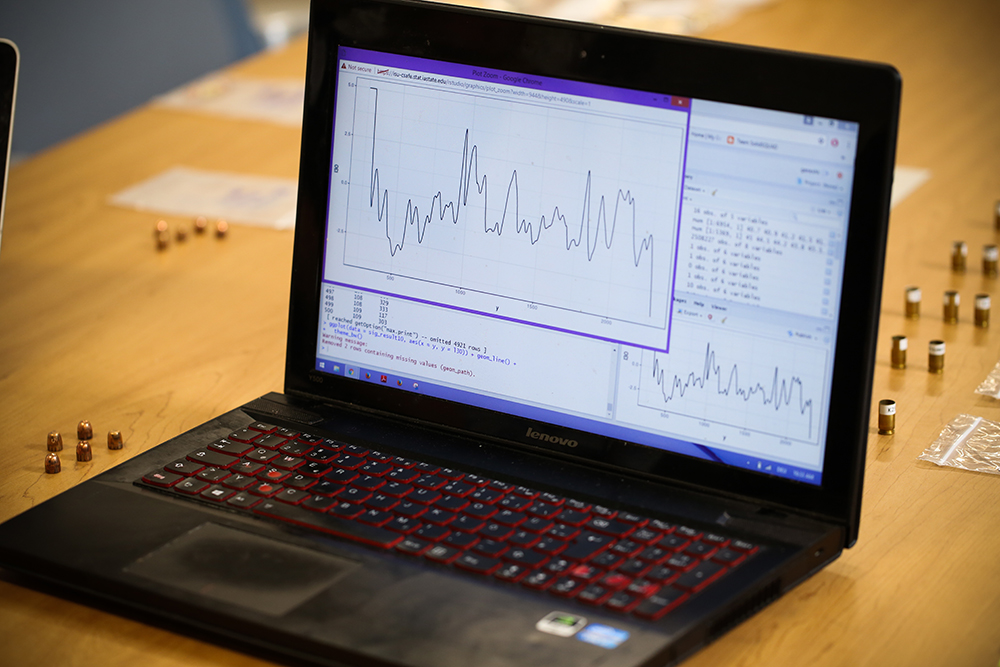
"Machine learning in forensic applications"
Determining whether a suspect could have been the source of the evidence is a key first step in the forensic analysis process. This step is particularly challenging when the evidence consists of a pattern. CSAFE Director Dr. Alicia Carriquiry and CSAFE researchers Dr. Heike Hofmann, Dr. Susan Vanderplas and Xiao Hui Tai explore how machine learning and algorithms for pattern matching have the potential to transform how forensic scientists evaluate pattern evidence.

